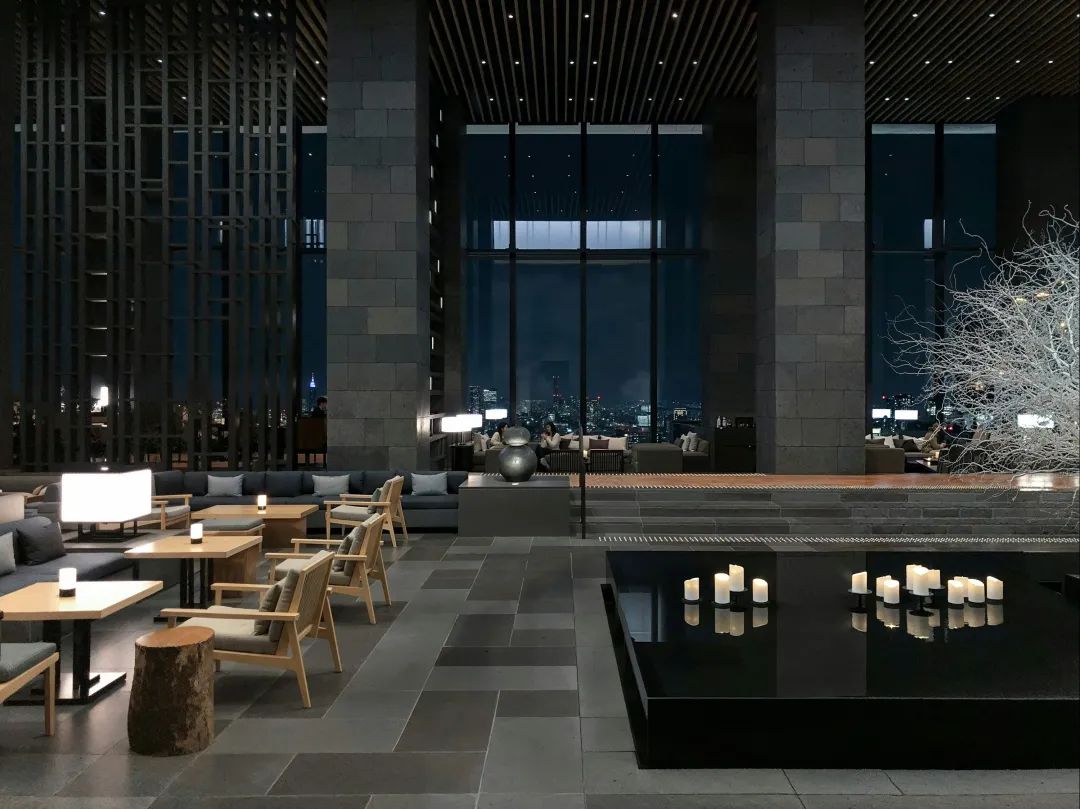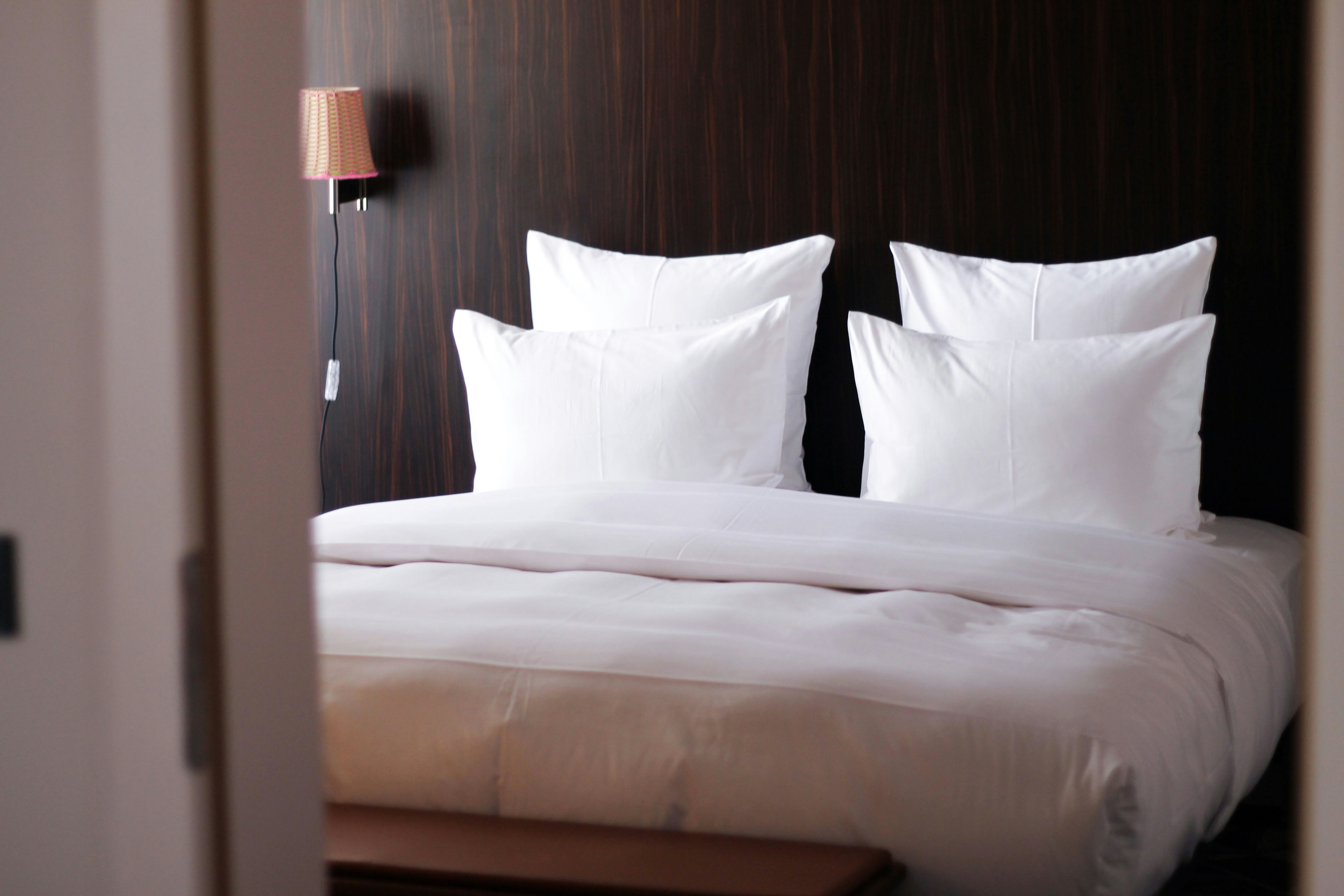When guests step into the lobby, a perfectly subtle aroma can silently convey brand value instantly: whether it's the poised professionalism of a business hotel or the relaxing tranquility of a resort. The essence of fragrances is a "sensory theater" of mental conquest, using scents to narrate a brand's personality, emotions, and style.
So, how do you select fragrances for hotels that are precise and memorable? Here, we break down the core logic and practical suggestions for fragrance creation from brand positioning, customer preferences, to spatial segmentation.

Hotel Fragrance Selection Formula: Positioning ✕ Customer Segment ✕ Scene
STEP 01. Define Hotel Positioning
Choosing a fragrance isn't just about comfort—it's about expressing strategic olfactory signals. Translating abstract brand concepts into perceptible olfactory symbols involves extracting scent logic from hotel types and core positioning.
For business-oriented hotels, opt for stable, professional woody tones to inspire trust upon entering the lobby. For resorts, scents of grass and sea breeze instantly relax, shedding the weariness of travel. Designer hotels can use distinctive scents as a "design language" beyond visual cues. Hotels catering to families should choose soft, fruity-floral scents to create a sense of peace, warmth, and joy for both parents and children.

STEP 02. Decode Customer Olfactory Psychology
Fragrances should serve not just brands but people. Different customer segments have varying olfactory sensitivities, preferences, and emotional needs, requiring precise fragrance matches for user profiles.
Business travelers prefer subtle, straightforward scents to avoid distractions, while women value emotional resonance from gentle scents like white tea or rose. Younger demographics seek scents that express individuality and social appeal, memorable and conversation-worthy.

STEP 03. Zone-Based Fragrance Use
A hotel is a dynamic olfactory theater where each space plays a distinct "fragrance role." Public areas like lobbies, corridors, and elevator halls are the brand's "first impression zones," requiring prominent, enduring scents with brand recognition, achieved through fragrance devices for broad coverage and sustained impact. Functional spaces like gyms require scents that align with user behavior, complemented by targeted products to enhance scene value.
The guest room is where guests spend the most time, so the fragrance should be gentle, refined, and not overly strong. It's recommended to use visually appealing and safe products like reed diffusers, crystal stone diffusers, or fragrance sprays to introduce soft and calming scents. Scented sachets in the wardrobe can enhance the sense of detail and taste.
As the "final chapter" of the scent experience, the bathroom is best suited for fragrance delivered through bath and body products. This not only ensures brand consistency but also creates a sense of cleanliness and leaves a lasting impression—letting the scent truly stay on the skin.

Wrapped in fragrance, each stay experience becomes warmer and more memorable. It's a silent welcome and a lasting impression.





